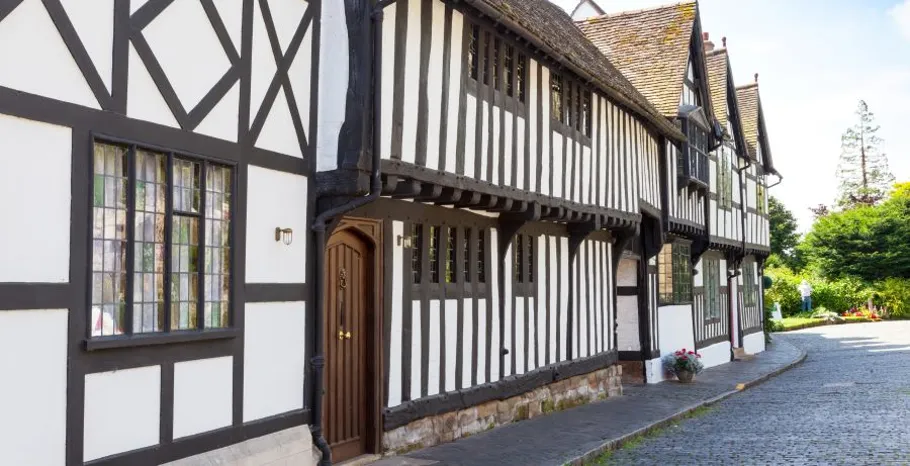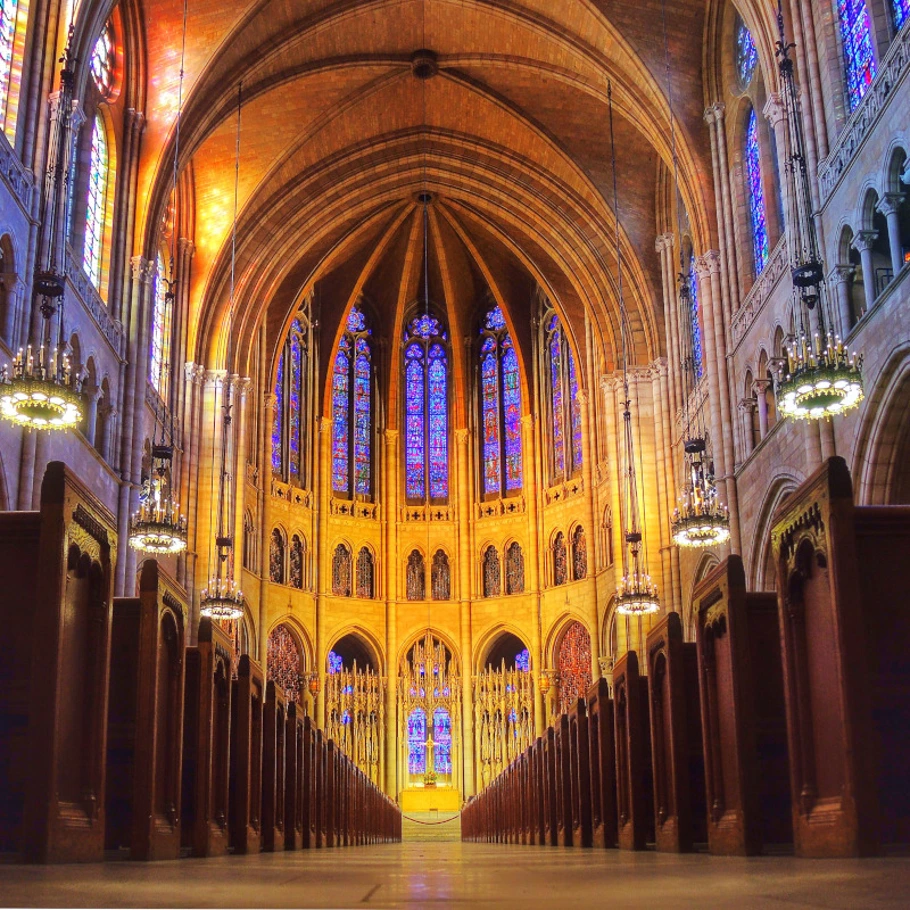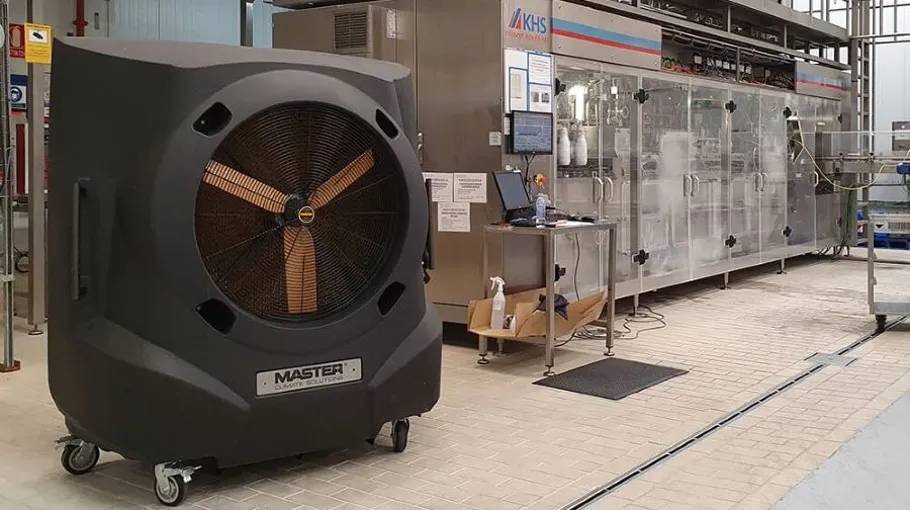Hundreds of heritage buildings around the country are struggling to manage structural damage cause by excess moisture in the air within the building. Find why this happens and most importantly, how an effective dehumidification system can help to save the heritage of these important sites.
Why are heritage buildings important?
Listed buildings and historic sites are part of the national identity. As well as the unique structure of most of these building, what they house and protect is of equal importance.
Historic sites hold valuable artefacts and artwork which piece together the history of the building and often more. The cultural importance of these buildings attracts thousands of visitors a year, making visitor comfort of the upmost importance.
These buildings are at the most danger of moisture damage due to the nature of their historic structures and outdated building materials. This makes them sensitive to environmental changes and especially changes in relative humidity.
Humidity Dangers in Heritage Buildings
Perhaps the biggest danger to heritage buildings is their sensitivity to changes in relative humidity.
‘Relative humidity’, or ‘RH’, is the measure of how much water is being held in the air.
When the RH level is at 100% this is called the ‘dew point’. The ‘dew point’ is when the air has reached its full capacity for water content. Once this happens, any excess water vapour that cannot be held in the air is released to form condensation on surfaces.
A build-up of condensation left untreated can introduce mould and mildew problems in a space. This not only affects the structural integrity of historic buildings but also warps and damages antiques, documents, furniture and more.
Why are heritage buildings in danger of moisture damage?
The nature of historic buildings is that they possess outdated building materials and structural framework. The material used and the structural shape of these buildings make them more sensitive to changes in relative humidity. Continued and untreated high humidity levels can affect the build materials that are part of these historic sites. These include.
Masonry & Timber - Masonry and timber make up a large proportion of the structure of heritage buildings. A few years ago, Carmarthen Castle in South Wales suffered irreparable damage to thousands of important historical documents caused by damp and poor conditions. Mould occurs from a build of condensation, particularly in organic building materials such as stone, timber or paper, as the mould uses this as a viable food source. Once mould spores establish on such materials, it is difficult to get rid of completely, but you can control conditions so that the mould does not continue to thrive.
Spalling - Historic sites made of old brick or stonework are at risk of ‘Spalling’. Spalling is when moisture infiltrates through small cracks in the stone or brickwork, once inside it exerts an outward pressure causing peeling and buildings to crumble.
Wall Rot - Wall rot is particular danger to highly decorated heritage buildings. Protected wallpapers and framed artworks can warp and become distorted from continually high humidity caused by poor ventilation in the interior space.
Timber/Metals - Similar to the dangers of moisture with masonry, many historic structures are built with a timber framework. Metals can also begin to corrode with high levels of moisture, causing possible structural collapse. Continued moisture build-up can cause joists, beams and floorboards to warp and become distorted, damaging the structural safety of the entire building.
What causes changeable humidity in historic buildings?
If you are responsible for an historic site, you will have realised there are many things out of your control when considering controlling humidity levels. However, being vigilant and knowing the care needed for a historic building can make all the difference to the buildings historic longevity.
The greatest aspect beyond control is of course the outdoor temperature. If it is a hot and humid summers day, this will of course increase moisture in the building. Likewise if it is a cooler, drier day the indoor space will be able to naturally dehumidify.
The buildings structure and layout, is also something that is beyond control. The interest of historic buildings comes from their unique quirks, such as gloomy passageways and hidden cellars with poor ventilation. In such indoor spaces microclimates can occur, where the particular interior is subject to different temperature changes than the rest of the building.
The heating in a historic building affects humidity levels. Often these sites are large and full of draft, not benefiting from modern day insulation. To make them comfortable for visitors therefore, sites often have portable heaters or central heating installed.
Of course, making visitors comfortable is an important part of the survival of heritage buildings. However, the body heat, breath and wet clothing on rainy days from large numbers of visitors can cause an increase in the relative humidity in the building.
Managing Humidity in Heritage Buildings
Fortunately, there are simple ways for controlling the relative humidity levels in a building, to prevent condensation, damp and mould, and preserve the integrity of the building structure and its contents.
A dehumidifier is an appliance that removes moisture from the air. Their use in many historic buildings has become indispensable. Both portable and wall mounted units are available. Many models have a humidistat which allows you to set a required relative humidity level in the space and the unit will operate automatically to maintain the required humidity level.
A heritage site will generally want a relative humidity level of around 40-65%, to prevent the problems associated with moisture and humidity.
When the RH levels are too low it can cause organic materials to deteriorate - these are often the structures of these buildings. If RH levels are too high, this can cause mould growth, condensation and moisture damage.
Calorex Dehumidifiers
National Heaters Shops offers a wide selection of dehumidifiers that can be used in historic buildings to prevent problems with high relative humidity.
Our range covers a great choice of sizes – from units for small rooms right up to units for whole buildings.
Calorex Dehumidifiers offer a high-quality wall-mounted solution. These efficient and effective dehumidifiers can be installed easily to provide a discreet solution for managing humidity within a room or building.
For more information on humidity management and our range of dehumidifiers, contact our team via online live chat or telephone.








